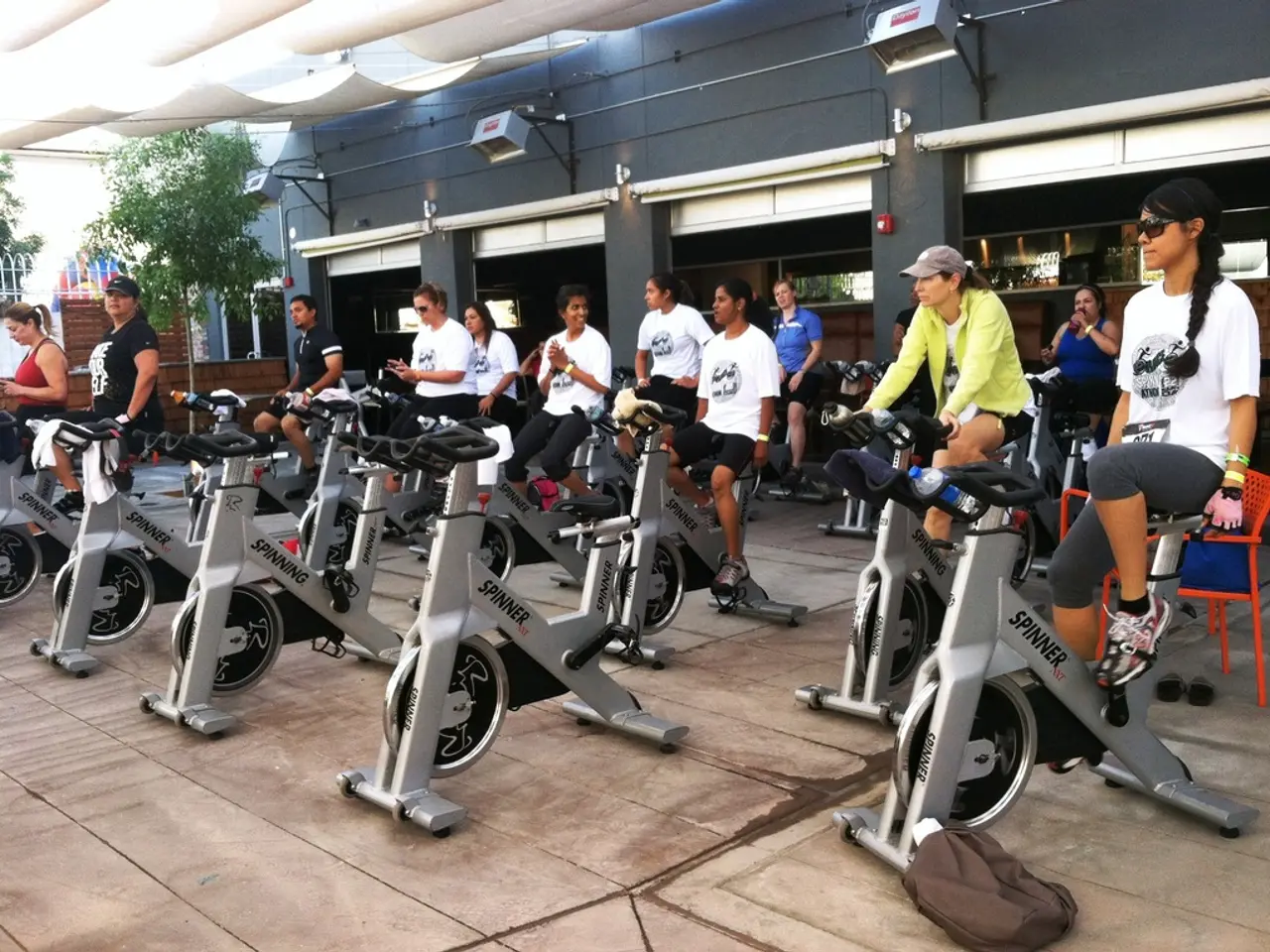Backpacking Fitness for Novices: Learn Essential Exercises for Successful Hiking Trips
For someone transitioning from a sedentary lifestyle and preparing for their first backpacking adventure, a gradual 8-week program is recommended. This plan focuses on building cardiovascular endurance, strength, flexibility, and balance progressively while avoiding injury.
Key Elements
- Cardiovascular Training: Begin with 3 sessions per week of low-impact activities like brisk walking for 20-30 minutes. Gradually increase duration and intensity, aiming for about 150 minutes of moderate cardio per week by week 2, and extending to 4 sessions with longer durations (30-45 minutes) by weeks 3-4.
- Strength Training: Incorporate bodyweight exercises twice weekly targeting legs, core, and upper body (such as squats, lunges, planks). Add resistance gradually as strength improves.
- Flexibility and Mobility: Include daily stretching with dynamic stretches pre-workout and static stretches post-workout. Add a yoga or Pilates session weekly to improve flexibility and mobility, reducing injury risk.
- Balance and Stability: Practice balance drills a few times weekly, like single-leg stands or using tools such as a wobble board or Bosu ball as strength improves.
Progression Timeline
- Weeks 1–2: Cardio 3 times/week for 30 min, bodyweight strength exercises, daily stretching, balance drills 3 times/week.
- Weeks 3–4: Increase cardio to 4 times/week, extend session length, add resistance to strength work, yoga/Pilates once weekly, more challenging balance exercises.
- Weeks 5–6: Add hill or stair climbing to simulate trail conditions, increase strength training load, maintain flexibility and balance.
- Weeks 7–8: Perform longer hikes (60–90 min) 4 times weekly, maintain strength, flexibility, and balance exercises to consolidate fitness.
Practical Advice for Beginners
- Set realistic, gradual goals to avoid burnout or injury.
- Embed activity into daily routines (e.g., walking more, stairs instead of elevator) if time is limited.
- Maintain consistent sleep schedules and healthy habits to aid training adherence.
- Track non-negotiable healthy habits to preserve progress and ease stepping up intensity.
This plan allows a safe transition by building endurance, strength, and stability, preparing a novice backpacker to handle moderate hiking distances comfortably. Starting slow and progressively increasing volume and intensity is essential for sustainable gains and injury prevention.
Month 2: Ramping Up with Weight
The second month aims to add weight to exercises. Start with 13 pounds and gradually increase to 20 pounds. This phase also focuses on building endurance for long hikes and high elevation gain.
Month 3: Trail-Ready Training
During this month, each workout should feel intense but not overly so, preparing for high elevation gain, long distances, and hiking at high altitudes. The goal is to cover roughly the same distance each week as two days of the upcoming trip.
A week before the backpacking trip, it's important to relax and recharge, easing off a bit while still maintaining some exercise to conserve energy for the hike. In Month 3, every week should include four days of cardio activities, two days of real hikes carrying 80% of the pack weight, one day of strength training with weights, and still two rest days.
By the end of Month 3, one should be able to hike 8 miles (12.9 km) a day while carrying 100% of the pack weight. This month is crucial for adapting to the real conditions of the trip and building the necessary stamina.
For a novice backpacker, this structured training plan provides a solid foundation for a successful backpacking adventure. Happy trails!







